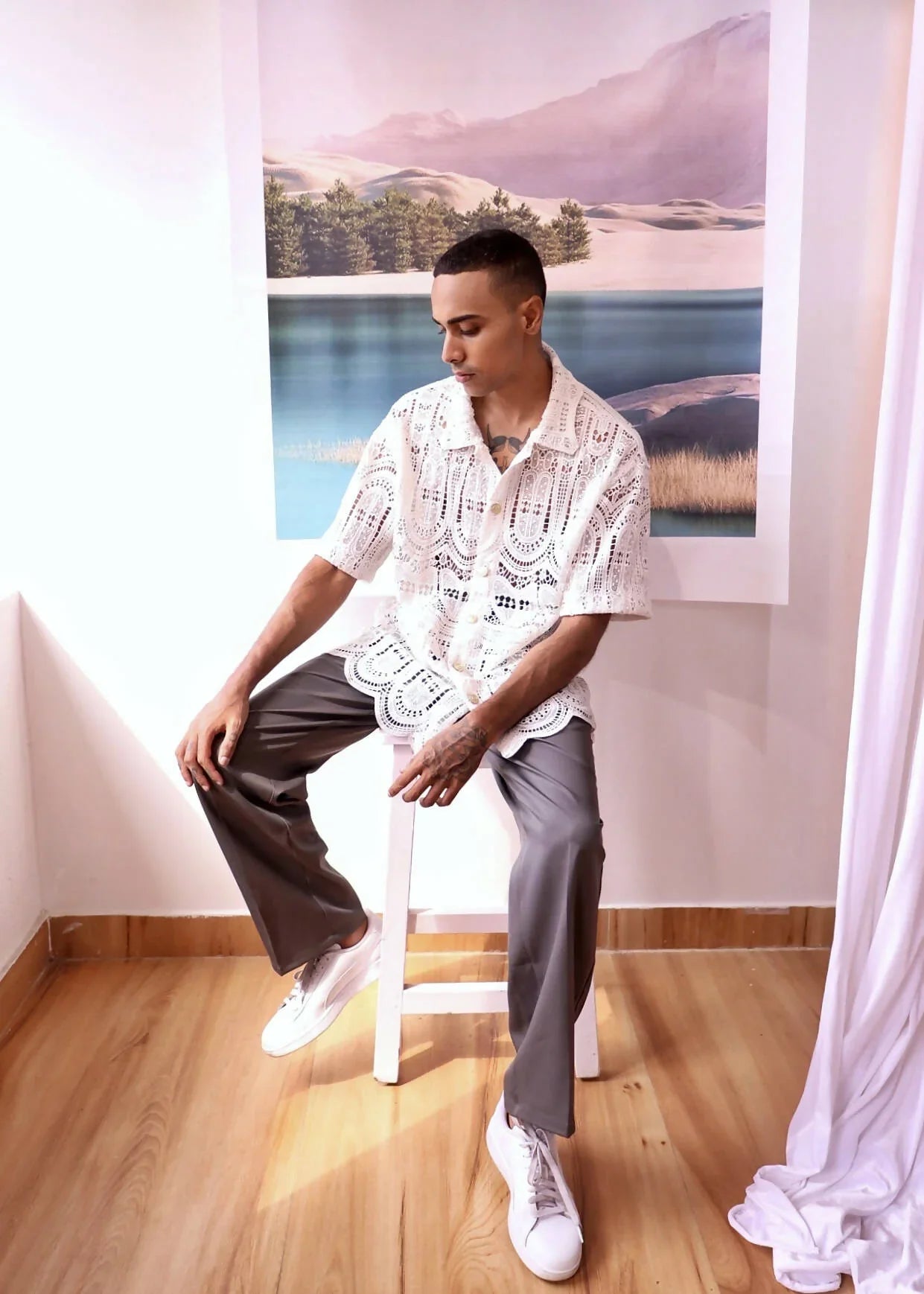Nina Marenzi: The Sustainable Angle

Nina Marenzi's roots lie in environmental policy and sustainability consulting, working on global issues around water, energy, and biodiversity. But it was during her Master's research on organic cotton that she stumbled upon a truth the fashion world hadn’t yet fully recognized the potential of sustainable materials, and that our clothing choices were quietly fuelling one of the most wasteful and polluting industries on the planet. She chose to bridge the worlds of environmental research and material innovation. In 2010, she founded The Sustainable Angle, a Swiss non-profit dedicated to lowering the fashion industry's environmental impact, starting with the very fabrics that clothe us.
In 2011, Marenzi launched the Future Fabrics Expo, a global platform for innovative, lower-impact materials the will change the sustainability in fashion. The expo serves as a resource for designers, brands, and sourcing teams, providing educational information on materials with a lower environmental footprint. The materials are selected based on criteria such as water use, biodiversity, energy use, and waste reduction.
The organization provides tools, research, and curated material to help brands rethink how and what they produce. It’s built on the belief that education leads to better decisions, and that transparency at the raw material level is the foundation of true sustainability.
The Future Fabrics Expo
This year marks the 15th edition of the Future Fabrics Expo, featuring 150 organizations from around the world with over 10,000 materials evaluated for lower environmental impact. To name a few, the expo this year featured a variety of materials, including seaweed ink, vegan olive leather, biodegradable plant-based ink, and bio-material shoes.

(Image credit - The Sustainable Angle - Future fabrics Expo)
Rather than simply displaying new textiles, the Expo curates a deeply researched, ever-growing library of fabrics that meet rigorous environmental and social criteria. From regenerative wool and seaweed-based yarns to waste-based fabrics made from orange peels, banana fibres, or post-consumer denim, the materials on display are selected for circular innovation and its real-world impact on soil, water, carbon, and community.
The Expo also presents life-cycle data and traceability insights, making it one of the only educational platforms where designers, sourcing teams, and students can interact with both the material and the science behind it. Over the years, it has evolved into a global meeting point for changemakers where conversations around circular design, low-impact dyeing, fossil-free synthetics, and material transparency take centre stage getting mainstream attention. More than a display, it’s become a sourcing rethink space, challenging the industry to break the norm and ask- What is this fabric really made of, and at what cost?
What began as a small idea in a policy researcher’s notebook has grown into one of the most respected resources in sustainable sourcing. It’s helped influence brands from Burberry to emerging labels, universities to supply chain leaders.
Nina Marenzi dared to ask hard questions before the industry was ready. Her work makes it impossible to ignore that what we wear begins long before the runway and that the change must start at the root.






Leave a comment